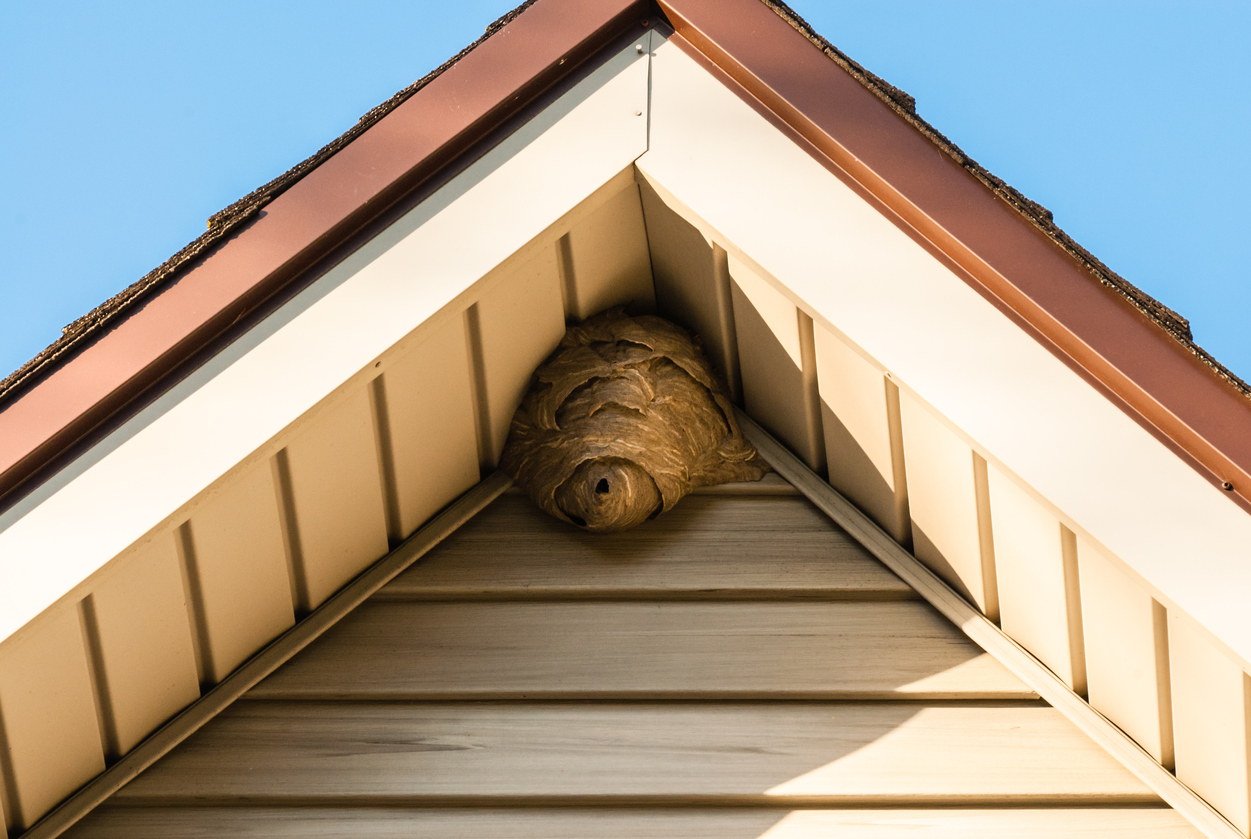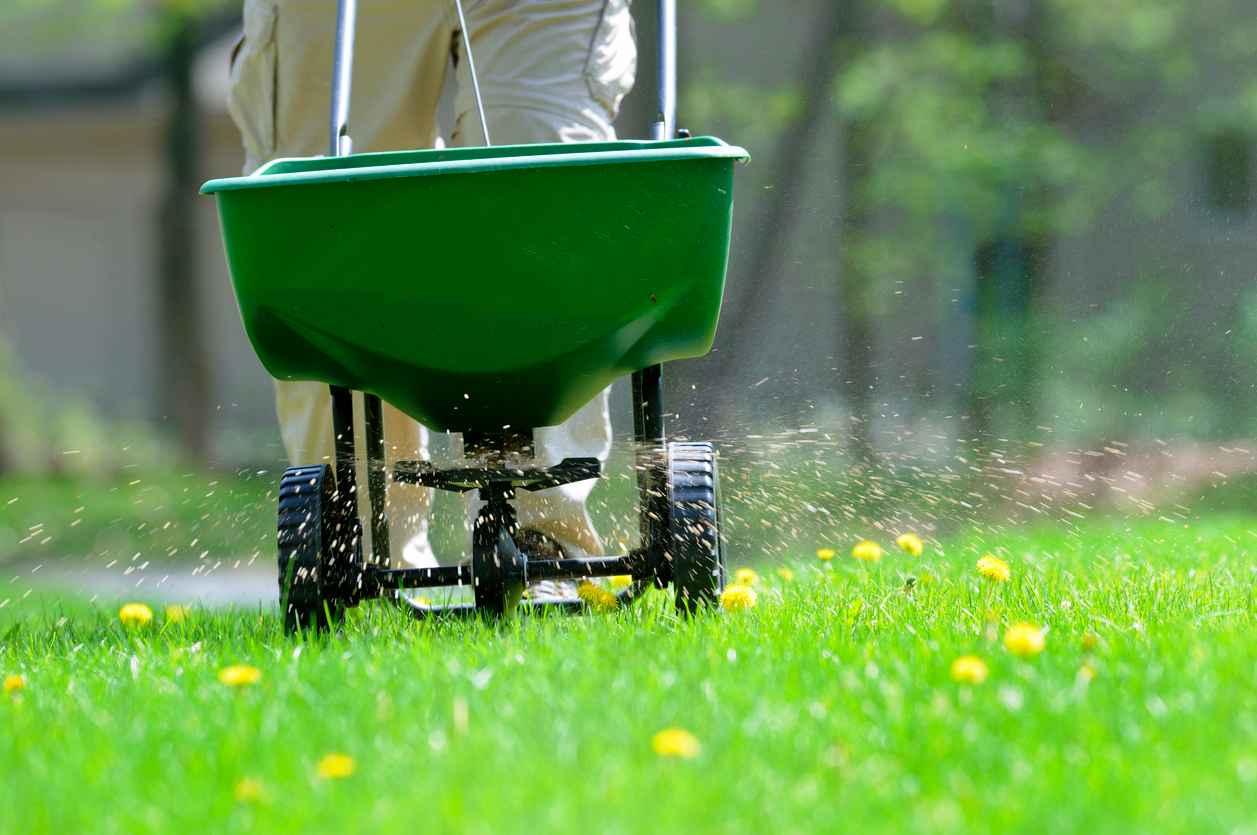
How to Safely Remove an Insect Nest: Wasp, Hornet, and Bee Control Tips
August 25, 2020
Bees, wasps, hornets, oh my! Most insect species enjoy being alone and will rarely build nests at all. Others create these elaborate nests where tons of this species can live and can make for a dangerous and challenging situation outside your home.
If you’ve spotted a nest hiding somewhere on your property, you’re probably a bit nervous and wondering how to get rid of it safely. Well, we’re here to help!
Stay Calm and Assess the Situation
It happens! Insects need a home too, and they surely didn’t know they were invading your property. Make sure to stay away from the nest, avoid contact, and plan out your next steps to remove it safely.
Identify Different Types of Insect Nests
There are plenty of different insect species that make nests that you want to be on the lookout for:
- Hornets – These guys love to build their nests trees, bushes, or the eaves of homes. A typical hornet colony will have at most 400 members. Hornets as well are typically not aggressive and won’t sting you unless they feel threatened.
- Wasps – Wasps build nests from mud or paper-like materials while also using their saliva or wood pulp to hold it all together. A typical wasps nest can house up to 800 members, and you will likely see these aggressive insects flying all-around your property.
- Bees – Bees typically make nests that are very waxy looking. The most common bee types are honey bees, which nest inside trees, and carpenter bees that nest into wood. It’s also possible to spot a ground bees nest looking like an ant’s nest in the ground but with a much bigger hole. Unlike hornets or wasps, bees typically fly or swarm around their nest, making them easier to identify.
How to Safely Get Rid of an Insect Nest
Luckily, there are many products you can buy at your local home maintenance store that will help you effectively get rid of the nest all on your own:
- Hornets – When hornets feel their nest is threatened, they become aggressive and try to attack them. Wearing long, protective clothing and a hornet or wasp nest killer with a jet spray that can reach up to 20 feet are essential. Spraying the nest either early in the morning or in the evening when the hornets are less active can also help.
- Wasps – Like hornets, wasps will attack any threat to their home, which can lead you to get stung multiple times. Wearing protective clothing and using a hornet or wasp nest killer with a long-ranging jet spray is again essential. Wasps have no problem leaving their nest to fly around your property, so make sure to check your entire landscape, be careful, and get rid of the nest as soon as possible.
- Bees – Make sure to use an appropriate spray again, and keep your distance as bees swarm quickly attack. Check back the following day and keep spraying if necessary.
If you are worried about your safety, hire a professional to remove the nest, so you don’t have to worry about getting stung or making a mistake.
Expert Home Maintenance and Pest Control in Connecticut
Ambrosio Landscaping Solutions can exceed your expectations and ensure that your property is always looking its best. Give us a call at (203) 762-5167 to learn more.
Recent News

How Freeze–Thaw Cycles Impact Your Hardscape
December 31, 2025

The Best Winter Activities to Enjoy on Your Backyard Ice Rink
December 18, 2025

Why a Well-Maintained Landscape Adds Value Year-Round
November 20, 2025

Perennials to Plant This Fall for a Vibrant Spring Garden
November 17, 2025

Seasonal Pest Control Tips for Fall Landscaping
October 30, 2025

Fall Lawn Care: Fertilizing, Aeration, and Overseeding Tips
October 17, 2025

